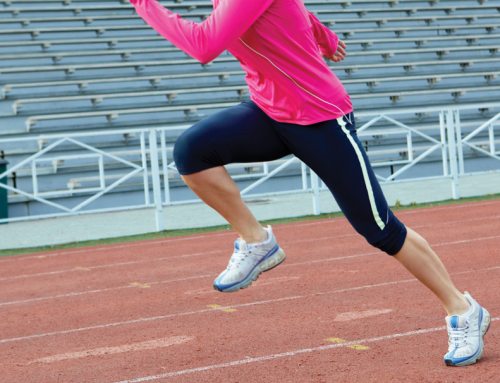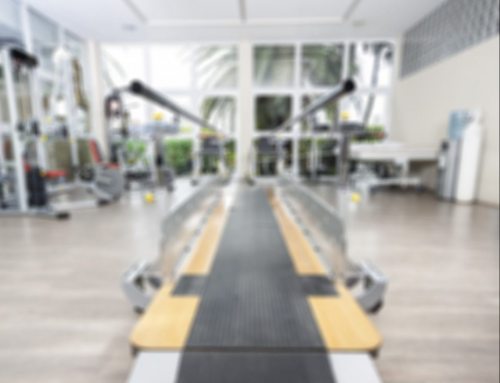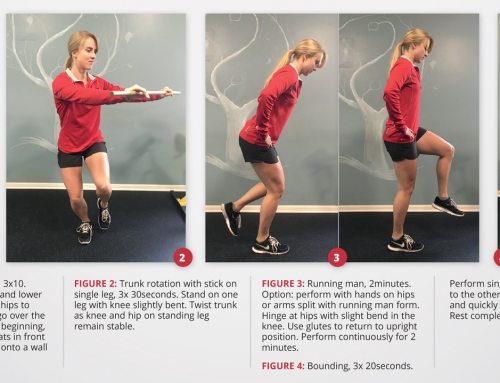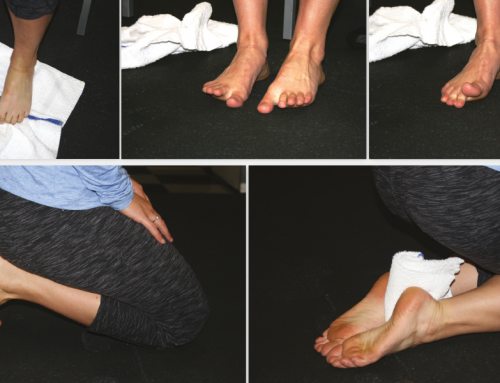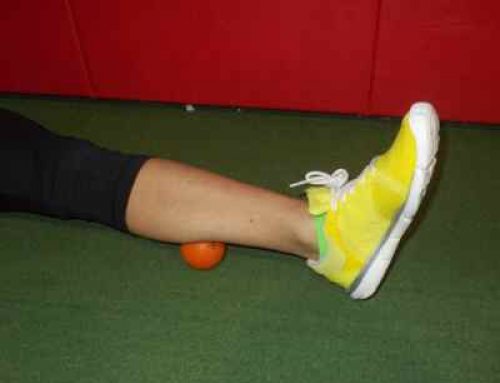By Brian Beatty
What could go wrong with running with your good friends and traveling across beautiful countryside at the same time? Nothing, really, until you get out of the car for your next event leg and realize how much you tightened up from your last leg as you were sitting being part of the crew.
Logistics are part of the challenge and fun of these events. As you plan logistics, be sure to include time and planning for the care of yourself and your teammates. Plan to avoid post-run stiffness with a focus on four simple things: post-run active recovery, hydration, nutrition and pre-run dynamic warm-up. These sound obvious, but allowing adequate time in the logistic scheduling and being disciplined to follow the plan does not always happen.
Doing a dynamic warm-up before your race leg is usually the easiest to accomplish. You are at the relay point, waiting and ready to be active. A dynamic warm-up is a set of movements to prepare you for the activity ahead. The goal is to activate the muscular system and stimulate the nervous system for the movement patterns of the desired activity. This month’s “Core Corner” has a great example of a running warm-up compound movement: walking lunge to single leg stance with twist.
The post-run recovery part is often more challenging. The most overlooked logistic is planning adequate time for active post-run recovery prior to getting in the vehicle. Allow for the time needed for recovery before getting in the vehicle and shuttling to the next stop. Plan on a minimum of 10-15 minutes and then stick to the plan. Having aids such as a mat and your massage toys – foam roller, trigger point tools, tennis ball, etc. – is useful if you can.
The goals of an active recovery are to assist the natural musculoskeletal pump mechanism in clearing metabolic waste, lubricate joints, and restore normal resting tone and length to the neuromuscular system; care for the muscles and tendons that have tightened because they have been repetitively moved through the same range; and attend to the joints that have stiffened because they have not moved. This usually means moving slowly and deliberately through full range of motion and then holding whatever position you need for as long as you need to get the muscle to release.
A stand-by favorite for post-run is a variation of the basic yoga sun salutation sequence. (Start standing: back bend, forward fold, step R back to low lunge, add spine twist each side, down dog, cobra, down dog; forward fold, back bend, forward fold, step L back to lunge, add spine twist each side, down dog, cobra, down dog; forward fold, hold ankles and head up butt down, butt down head up repetitions, back bend.)
Once you are limber again and en route to the next stop it is time to replenish fluid and energy stores in the body, with food and liquid stocked in the shuttle vehicle. Then prop your legs up, if possible, to aid circulation and clearing of metabolic waste so you are ready to warm up, run, recover and go again.
# # #
Brian Beatty, PT, spends most of his days at Proaxis Therapy in Carrboro helping folks discover how to move better, feel better and get more out of life. When not there, he spends as much time as he can (not as much as he wants) spinning wheels beneath his feet in the surrounding roads and woods. www.Proaxistherapync.com


